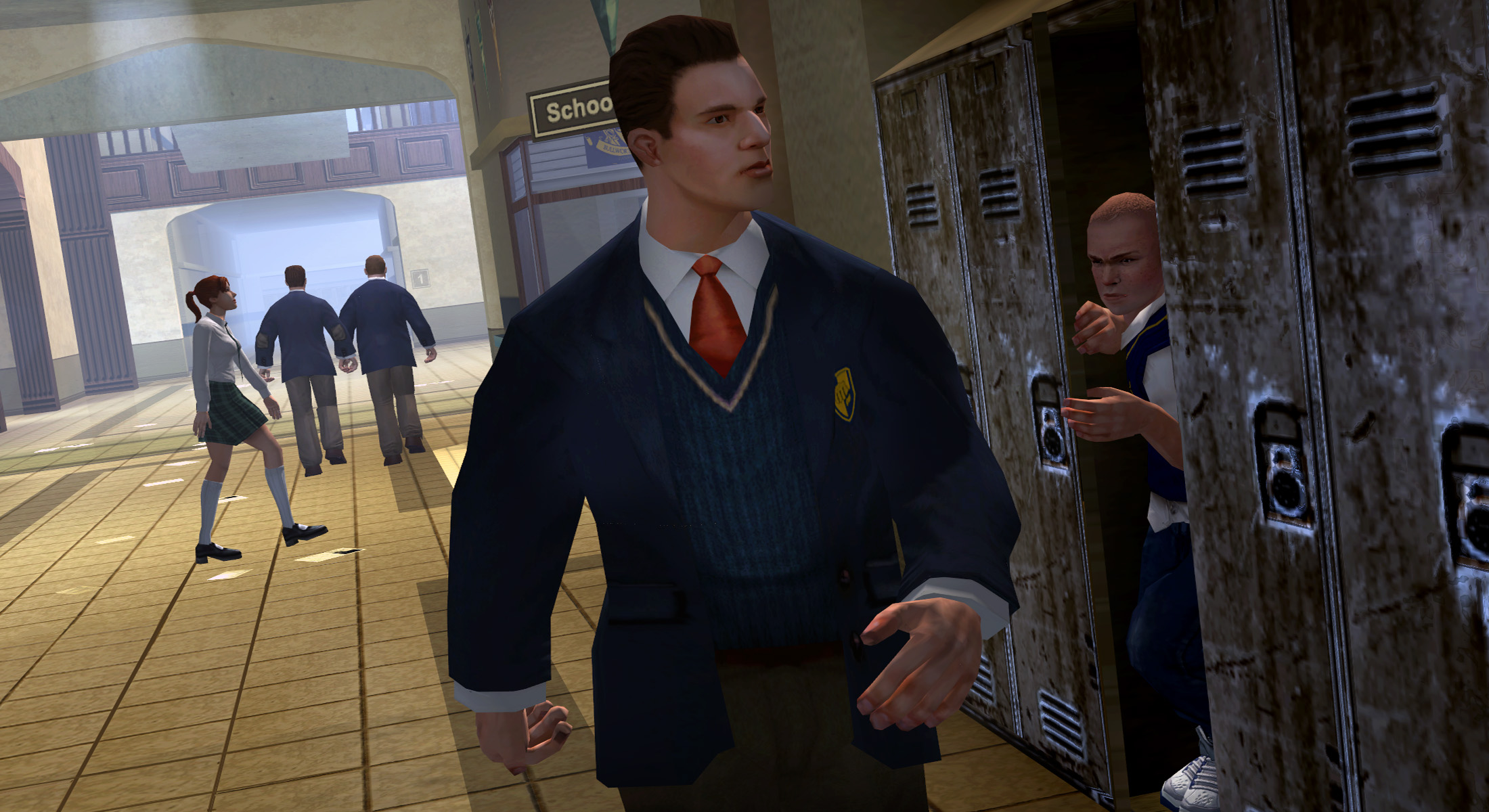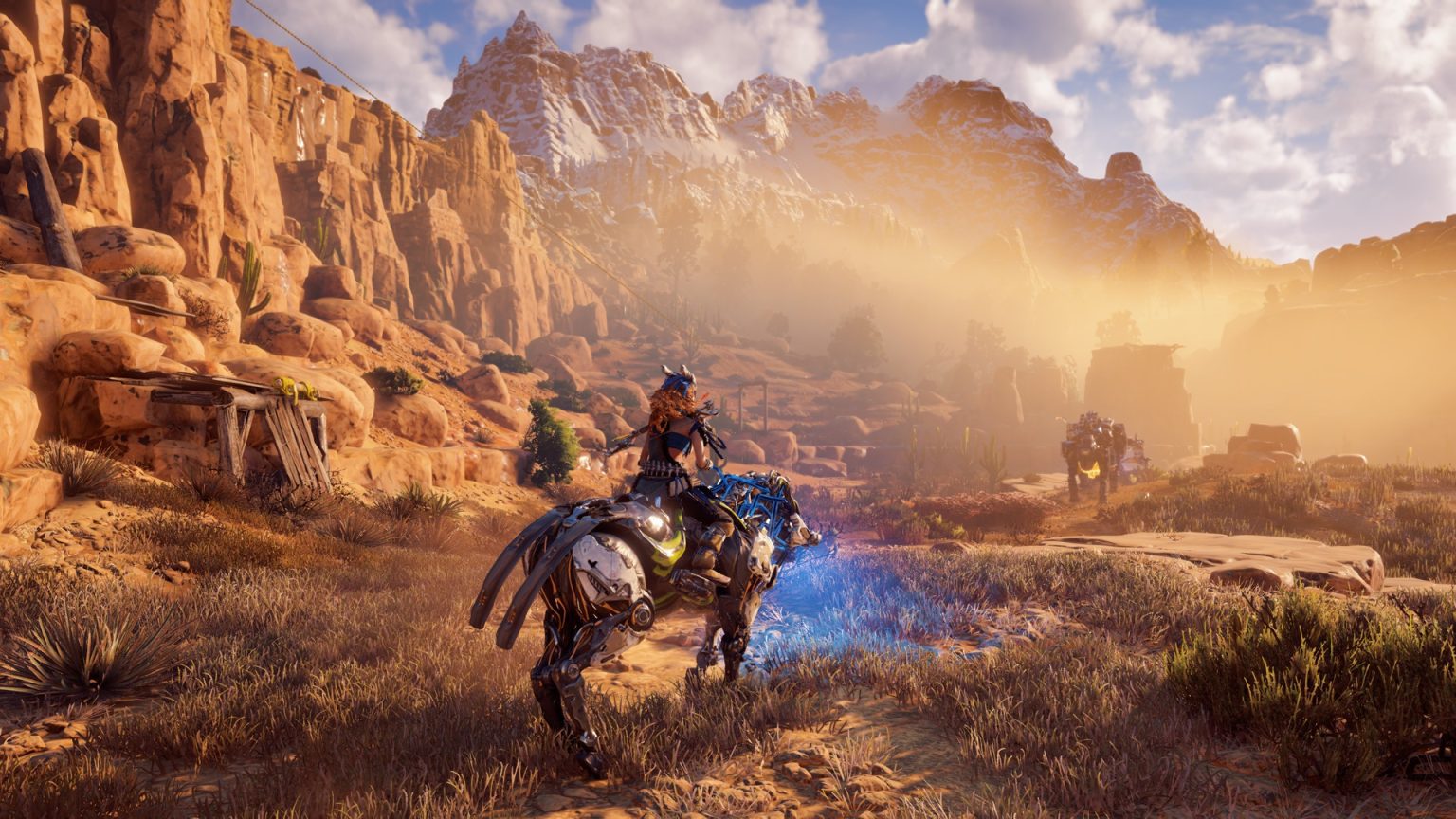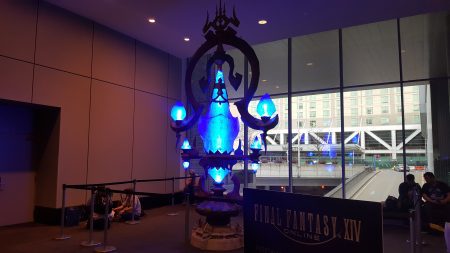Back, and Better Than Ever!
It’s been a while! After a lengthy hiatus, Weekend at Dave’s is finally back, and it’s bringing some juicy topics this time around. In this episode, we explore the state of open-world games, and why developers and publishers may have strayed a bit too far from the essence of their original design. Next, we talk the buzz surrounding Google’s just-announced Stadia platform, and how it might shape the future of gaming. Finally, we close by talking about the joys of attending PAX East.
Strap in. It’s going to be a good one!
Weekend at Dave’s – Episode 4 (Download Link)
Timestamps
0:00 – 1:57 — Intro
1:58 – 17:26 — Horizon: Zero Dawn and the state of open-world games
17:27 – 25:38 — Google Stadia
25:39 – 28:58 — PAX East 2019
28:59 — Outro

Open-World Games Done Right
It’s easy to come up with open-world games that were executed poorly and failed to meet expectations. The recent duds that were Crackdown 3 and… One Piece: World Seeker (*hysterically sobs*) are but two examples, and I could just as easily throw out names like Watch Dogs, Fallout 76, and No Man’s Sky—though I should say that NMS looks markedly better, now.
Even easier is to come up with open-world games that were by no means bad, but came short of true greatness. Immediately, my mind goes to series in which side content is abundant and even comforting, yet truly meaningful content is far harder to come by. Prototype, Mirror’s Edge Catalyst, and even several titles in the Assassin’s Creed and Far Cry universes are prime examples.
If most open worlds fall into the latter two categories, then which ones end up being actually successful, then? Simply put, the ones that beg to be explored. The ones that, whether you played them for one hour or eighty, provided quality content from beginning to end. Simply put, they’re the ones that offered freedom without compromising on engaging gameplay.
Here, in my opinion, are five games that did open worlds right:
- Bully — Rockstar’s 2006 title is not just a great school-sim game, but also one of gaming’s finest open-world titles. It may not be as big as Grand Theft Auto or Red Dead Redemption, but it’s every bit as detailed and as enjoyable. There’s something magical about cutting class to race around town on your bike, beat up jocks at the football field, and take a girl on a date to the local carnival. Never thought I’d say all that in a single sentence about a video game…
- Deus Ex: Human Revolution — It’s up for debate as to whether or not Human Revolution qualifies as an open-world game. Even if there were consensus that it isn’t one, however, I’d argue that Human Revolution is a model framework for the genre. Open, but not massive. Side quests that are scarce in number yet extremely meaningful. Skill trees that actually matter, and levels that can truly be tackled in a plethora of ways.
- Grand Theft Auto IV — A second effort from Rockstar to make my list, GTA IV is near perfection in open-world design. Ahead of its time back in 2008, GTA IV predated icons littering mini-maps, as well as the notion that having near-endless side missions is integral to successful world design. (In my opinion, GTA V strayed from both these ideals, and was a lesser experience as a result.) A sandbox title in the truest sense of the word, GTA IV lived and breathed through its world, not its various systems. Cruising through Times Square listening to Jazz Nation Radio (“Hey, driver! Turn on JNR!”) made for some of the greatest moments I’ve ever had in a video game to date, let alone an open world.
- Rise of the Tomb Raider — Another one that people may argue isn’t an open world. Again, it doesn’t matter. Rise of the Tomb Raider nails the feeling of having open environments and user agency in a game, all while still crafting a tight, linear experience that isn’t weighed down by unnecessary bloatware. Zones are sizable, offering plenty of side missions and hidden environments, without ever feeling overwhelming or repetitive. Plus, it’s gorgeous to boot. Oftentimes in games, less is more.
- The Witcher 3: Wild Hunt — The absolute antithesis to my previous sentence. The Witcher 3 is absolutely titanic in scope, and frankly, I’d have it no other way. While it’s rare to see an open world juggle hundreds of hours of story and side content without feeling padded or redundant, The Witcher 3 does so and makes it look effortless to boot. Never before have I felt so content to just get lost in an open world for hours on end, and based on my outstanding quest log, it doesn’t look like I’ll be escaping from the game’s clutches anytime soon.

PAX East 2019 Preview
PAX East is right around the corner, and we’ll be on the show floor interacting with developers and playing all the newest titles. While much of what’ll be playable is still a bit of a mystery, here are a quick list of confirmed games you can expect us to check out this Thursday through Sunday:
- Afterparty
- Borderlands 3 (announcement)
- Bloodroots
- Bloodstained: Ritual of the Night
- Control
- Days Gone
- Dreams
- Falcon Age
- Final Fantasy XII: The Zodiac Age (Switch, XB1)
- Final Fantasy XV: Episode Ardyn
- Golem
- Indivisible
- Knights & Bikes
- Mistover
- Mortal Kombat 11
- Rad
- Samurai Showdown
- Trover Saves the Universe
Thanks for listening! Check back soon for another episode of Weekend at Dave’s.
(Episode music credit: “J2E Fine Tune” by RMB)
David is the founder of The Punished Backlog. He has a problem finishing games he starts.
Just beat: Donkey Kong Bananza.
Working on: Hollow Knight: Silksong.
Can't wait for: Metroid Prime 4: Beyond.
Follow David on Twitter at @David_Silbert to keep up to date with all things The Punished Backlog.










